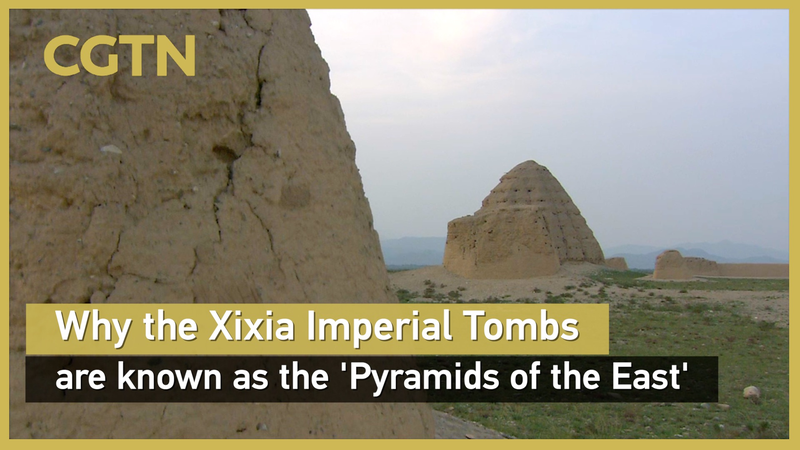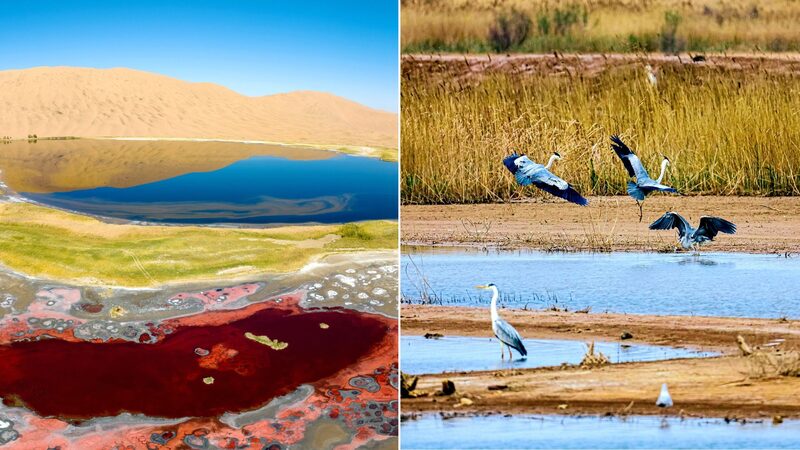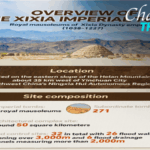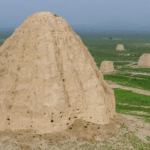Hidden in the arid landscapes of Ningxia Hui Autonomous Region, the Xixia Imperial Tombs are rewriting history books—and they’re about to get a major global spotlight. Dubbed the 'Pyramids of the East' for their striking desert silhouettes, these ancient mausoleums are China’s top pick for UNESCO World Heritage status in 2025. 🌍✨
More Than Just Tombs
Archaeologists have uncovered nine imperial tombs, 271 smaller burial sites, and over 7,100 artifacts here. But the real showstopper? A sophisticated flood control system that reveals the Xixia Dynasty (1038–1227) was way ahead of its time. Think ancient engineering meets desert survival—no sandworms required! 🏜️🔧
Why UNESCO Matters
If selected, the site would join global icons like the Great Wall and Machu Picchu. For history buffs and K-drama fans (yes, we see you @AlchemyOfSouls lovers), this is your next bucket-list destination. Plus, it’s a goldmine for researchers decoding how this multicultural empire thrived along the Silk Road. 📜💎
Ready to geek out? The Xixia Tombs prove even 1,000-year-old empires knew how to flex their innovation muscles. 🏛️💪
Reference(s):
Why the Xixia Imperial Tombs are known as the 'Pyramids of the East'
cgtn.com





